1900s

The 1900s were a time when people traveled primarily by horse and carriage. Before automobiles, horse-drawn carriages were the most common form of transportation in the world. There were also few roads during this time, so most travelers chose to travel by water to their far-flung destinations. The 1900s was the last decade before the construction of canals, roads, and railroads in the United States. This highlighted a much slower and more primitive form of travel than the rest of the 20th century.
1910s

Transcontinental travel became more popular in the 1910s with the boom in ocean liners, which were the only way for anyone to reach Europe. The most famous ocean liner of the decade was the Titanic. Before it collided and sank in the North Atlantic, the Titanic was the largest man-made object on the planet and the pinnacle of travel in the early years of the 20th century.
1920s
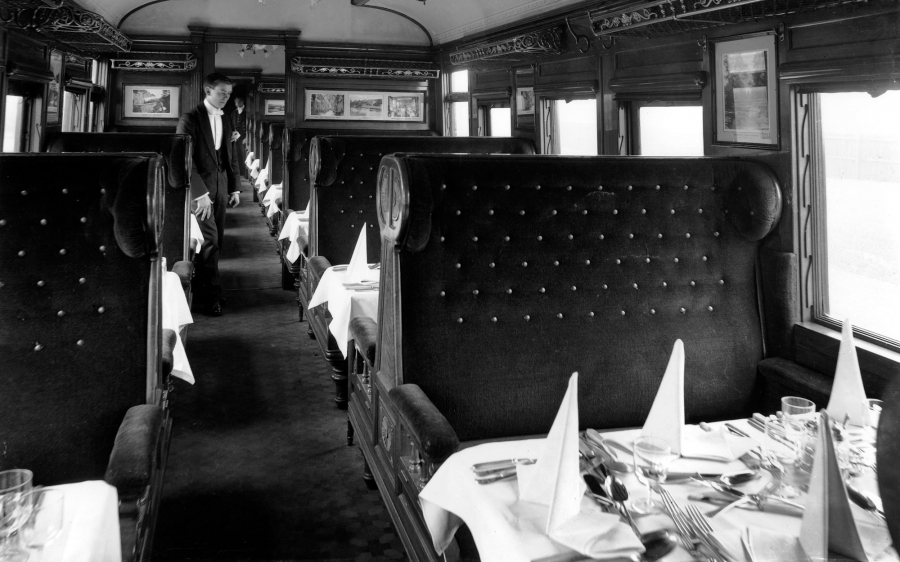
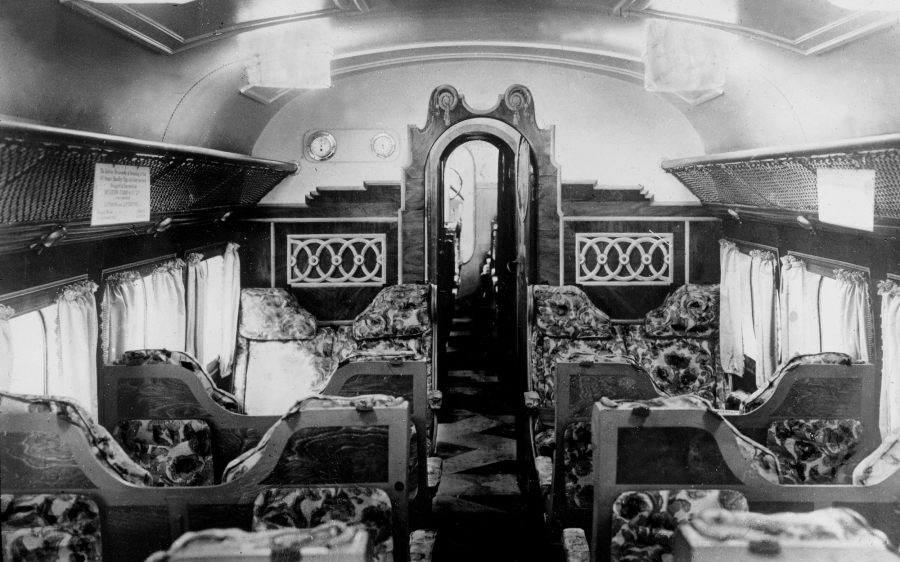
The 1920s ushered in the excitement and romance of travel. American railroads expanded during World War II, and travelers were encouraged to take trains to visit out-of-state destinations. It was also a decade of prosperity and economic growth, and for the first time, middle-class families could afford the once-presumed luxury of automobiles to travel on their own.
In Europe, luxury and glamour trains are everywhere, although train travel has been around since the mid-1800s, when George Pullman introduced the concept of private railways. This period also saw the return of the ocean liner, when the Suez Canal had to be widened to accommodate ships.
1930s
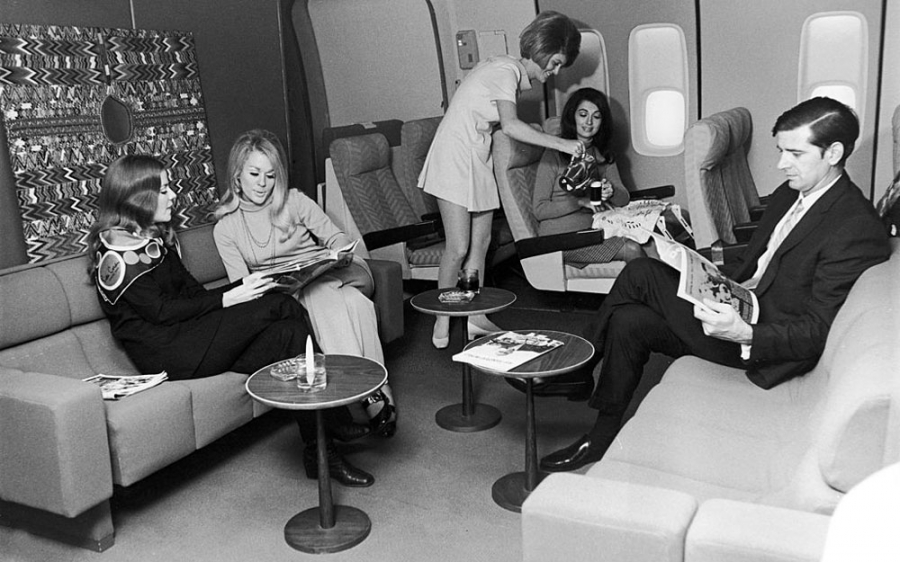
The airplane officially entered the travel market in the 1930s, although it was invented in 1903 and commercial flights were possible from the 1920s. However, at this time, the experience of traveling by plane was probably quite cramped, chaotic and still only for the upper class and businessmen. By the 1930s, airlines improved the passenger cabins with luxurious seats and interiors that were no less than those in a living room, providing a more comfortable flying experience. This was also the decade that saw the world's first commercial transatlantic flights.
1940s - 1950s
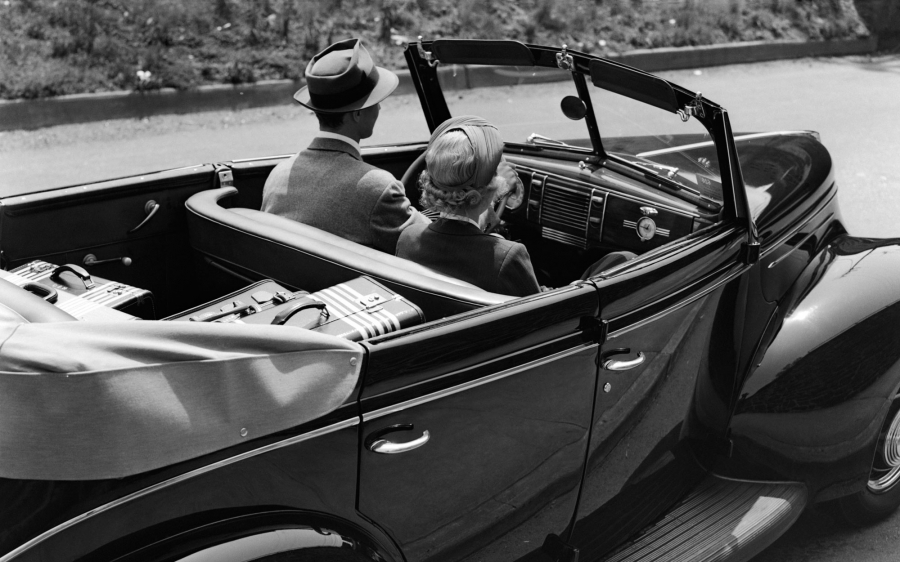
The golden age of long-distance travel was in the 1940s and 1950s. Convertibles and family cars became more and more high-tech, luxurious, and comfortable for long trips. The development of automobiles also brought improvements to the highway system, making travel smoother.
1960s
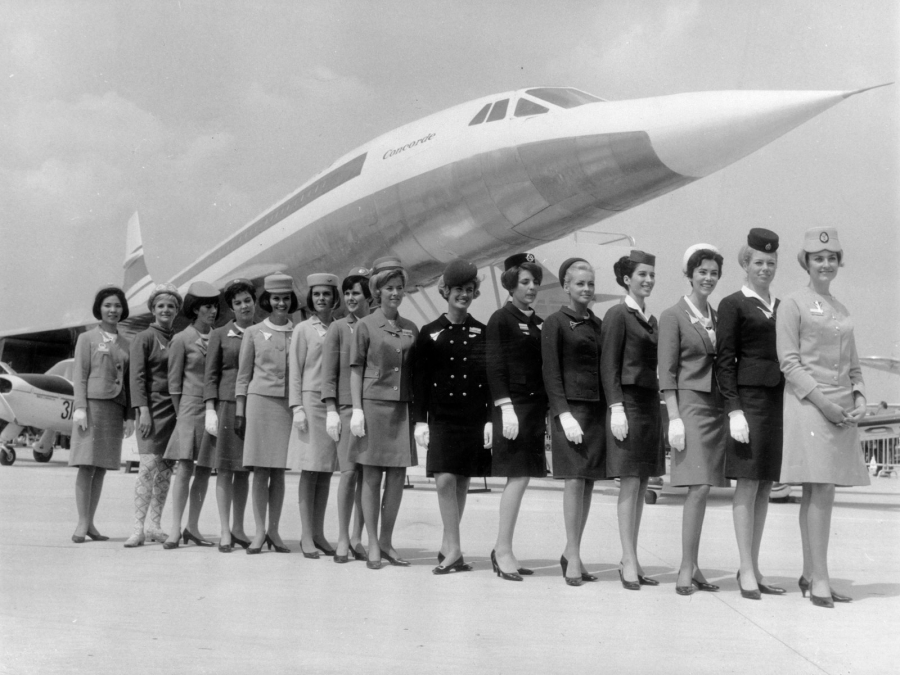
The 1960s were the era of the Concorde supersonic airliner. The fascination with supersonic flight had manufacturers hopeful about the future of aviation. France and Britain began building supersonic jets in 1962. However, with public complaints about noise, enthusiasm for these innovations died down.
1970s
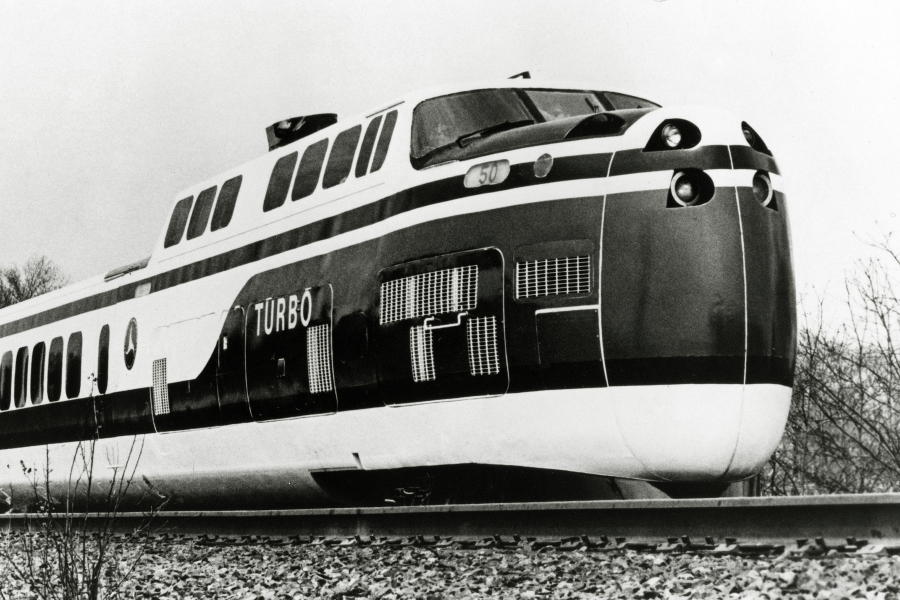
Amtrak, a passenger rail company, was founded in 1971 and was aggressively promoted to build its brand and position in the American tourism industry. In the following years, Amtrak established rail stations and became an alternative to cars for commuters. By 1975, Amtrak was considered the first choice for long-distance travel with comfortable trains.
1980s
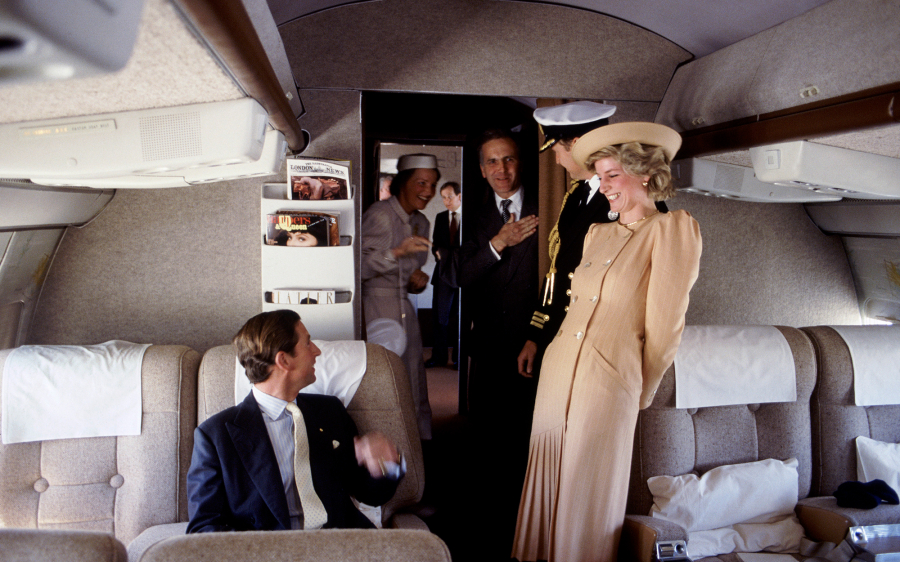
By the 1980s, it was clear that long-haul air travel was becoming commonplace. While earlier, there was still a perception among some that being a passenger on an airline could be risky and too extravagant, the term jetsetting seemed to become “normal” later than expected, but in the 1980s it was the preferred form of long-haul travel.
1990s - 2000s
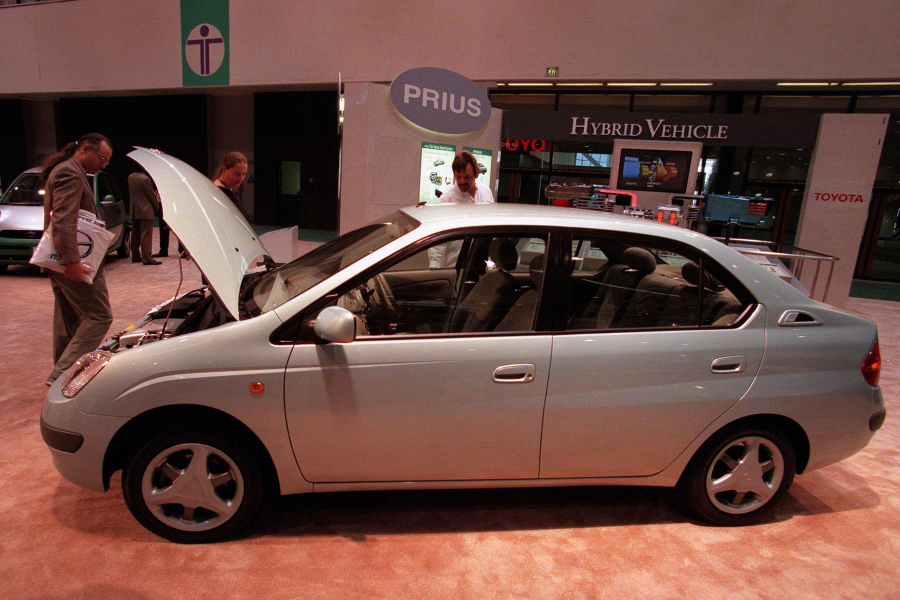
Plans to develop hybrid vehicles (also known as hybrid cars, cars that use two sources of power: internal combustion engines and electric motors) began to take shape in the 90s. Toyota Prius was introduced to the streets of Japan in 1997 and spread to the world in 2001. The company sold one million Prius cars worldwide by 2007. The trend of using hybrid cars in the period 1997-2007 paved the way for the success of Teslas, BMWs and countless electric cars that we see around the world today. Not only accompanying the travel enthusiasts, hybrid cars are also associated with working people in the US and other developed countries.
2010s
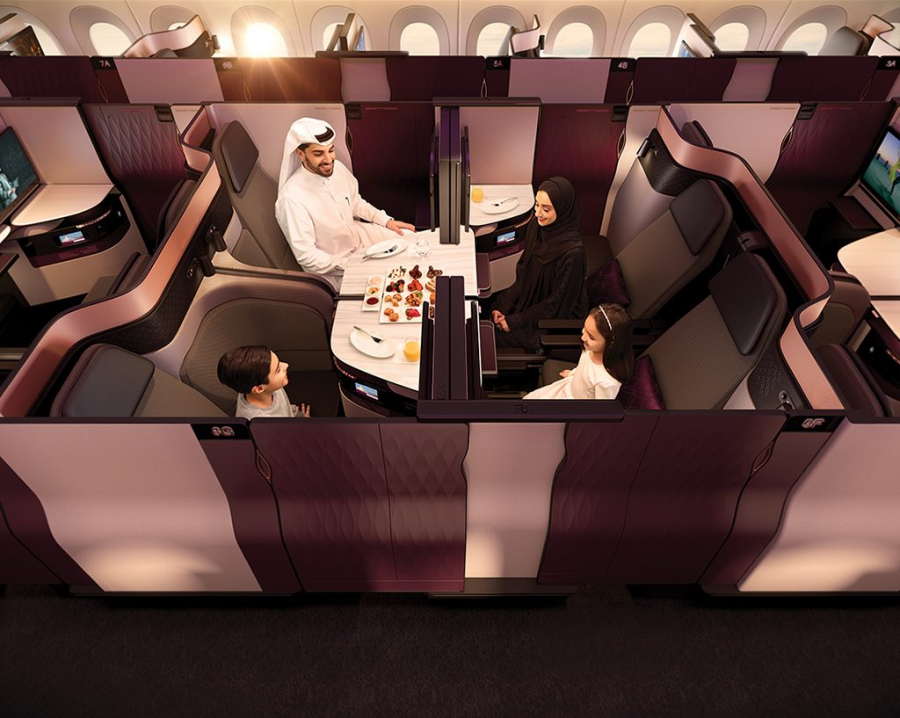
The 2010s saw a surge in air travel and its popularity grew exponentially. Major airlines introduced luxurious business class cabins. Luxury travelers no longer needed to fly on their own private jets, but could instead experience the luxury of flying in their own airline’s exclusive cabins.
2020s
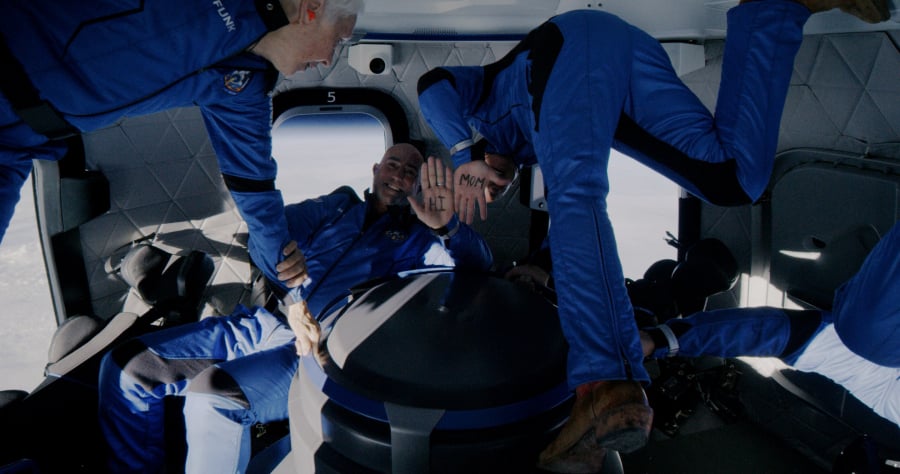
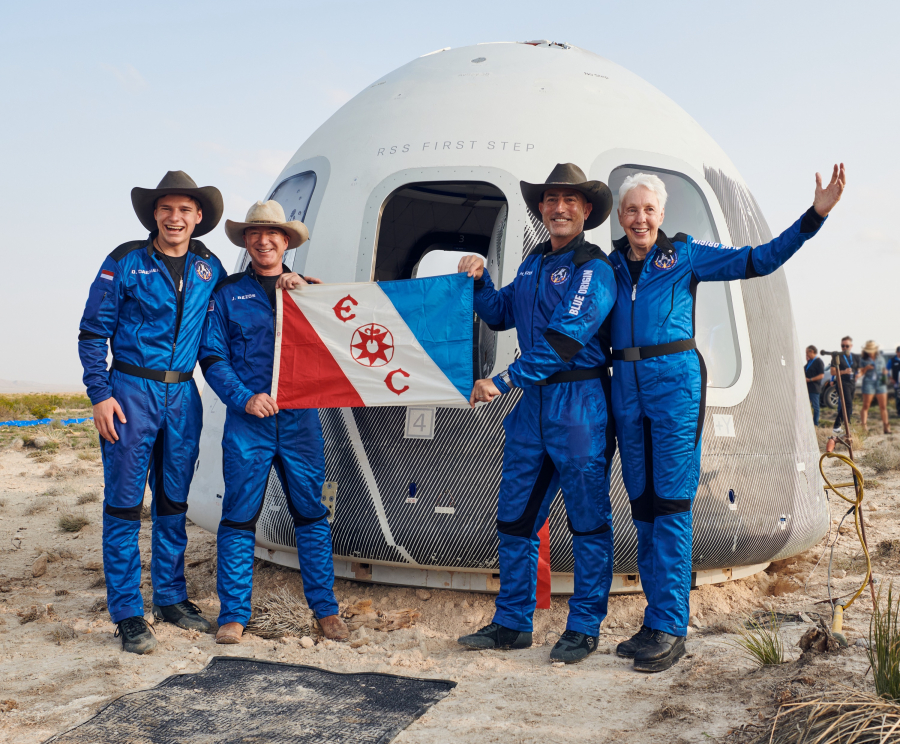
It's hard to predict what the 2020s will look like, as the world continues to experience many changes, but there are some signs that this could be the start of a space tourism trend.
Billionaire Elon Musk is building rockets with plans to venture toMars,space hotelThe world's first is also expected to open in 2027. And recently, on July 20, the founder of the online business platform Amazon - billionaire Jeff Bezos, and three other crew members landed safely in Texas (USA) after performingfirst commercial space flightof the companyBlue OriginIs space travel the next travel experience for the elite, or will other utopian dreams soon become reality?






























